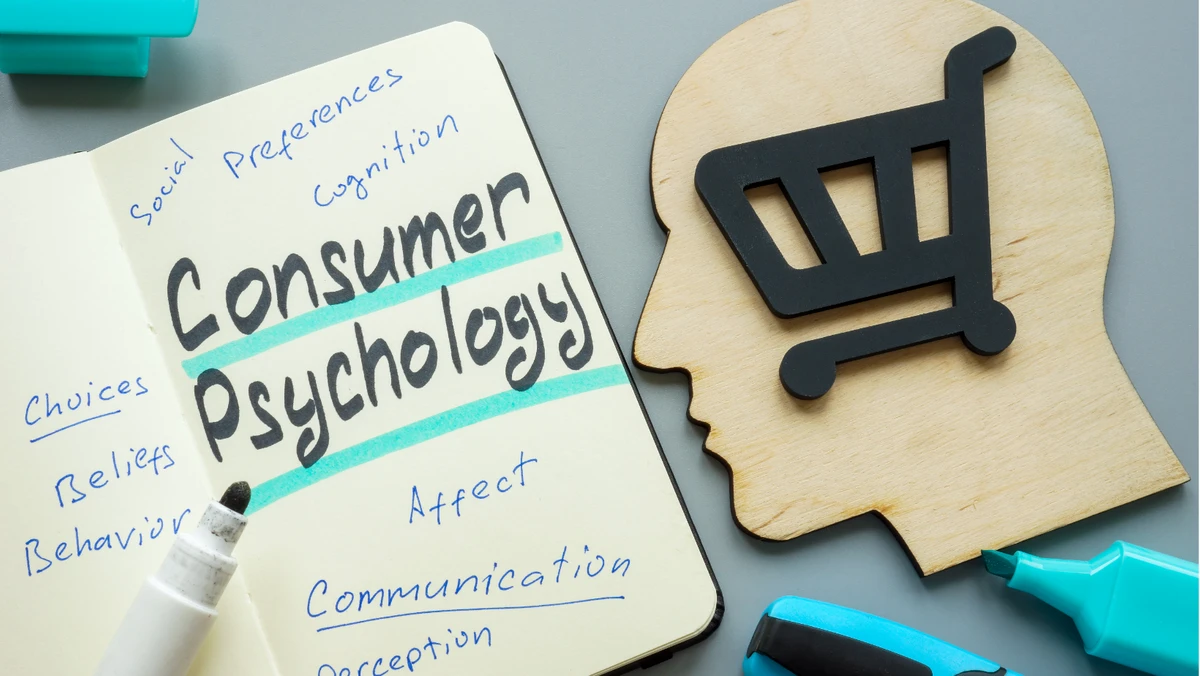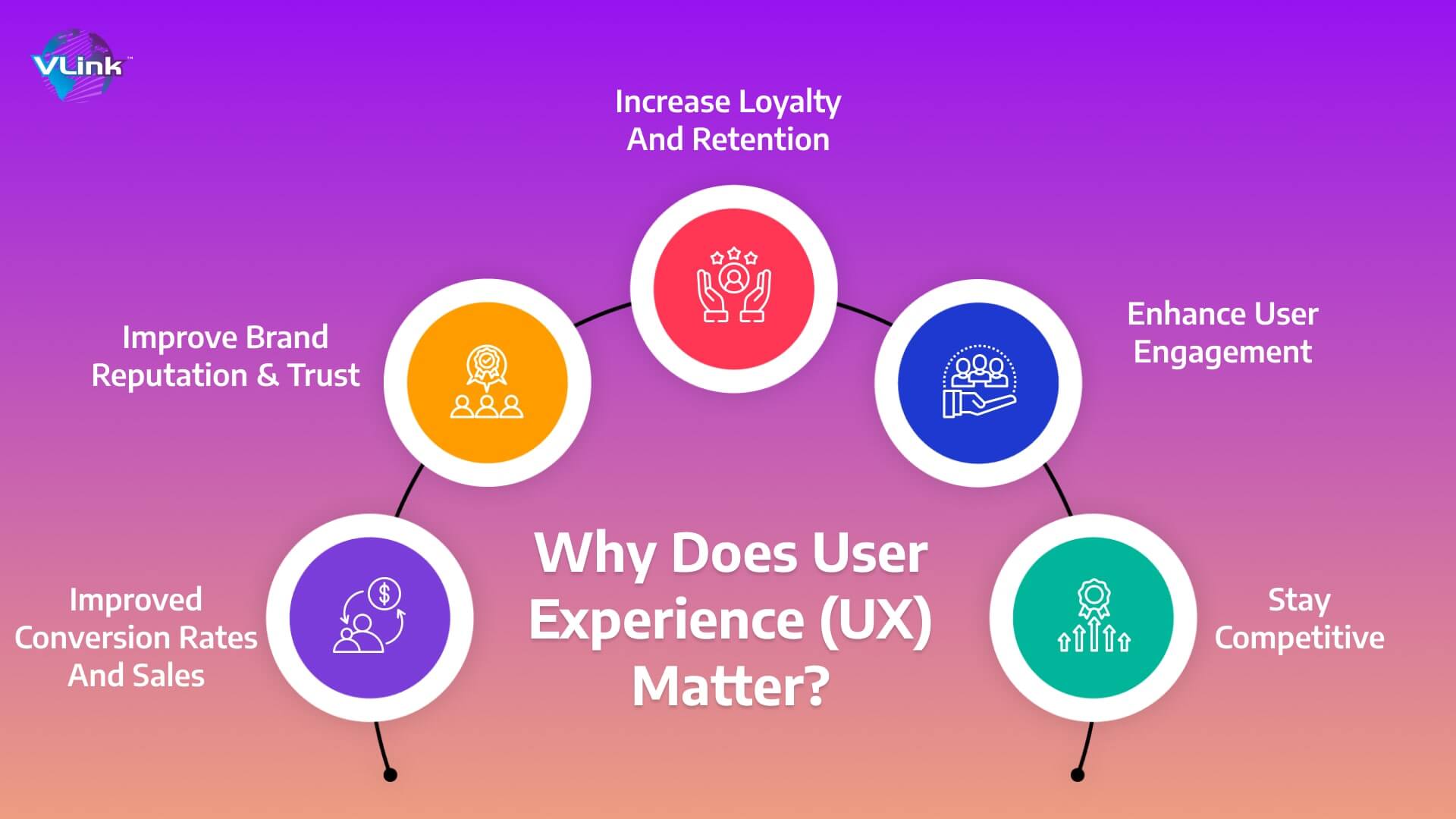In the rapidly evolving world of e-commerce, standing out from the competition requires more than just an attractive website and quality products—it demands a deep understanding of customer psychology and strategic conversion rate optimization (CRO) techniques. Unlocking the secrets behind high-performing e-commerce sites means tapping into the mindset of your visitors, anticipating their needs, and guiding them seamlessly through the buying journey. In this comprehensive guide, we’ll explore the powerful psychological principles that influence purchasing decisions and reveal proven CRO tactics that can transform casual browsers into loyal customers. Whether you’re launching a new store or looking to boost your existing site’s performance, mastering these insights will set you on the path to e-commerce success.
1. Understanding Customer Psychology in E-Commerce
Understanding customer psychology is a crucial foundation for building high-performing e-commerce sites. At its core, customer psychology delves into the motivations, emotions, and decision-making processes that drive online shoppers. By tapping into these psychological triggers, e-commerce businesses can create more engaging and persuasive shopping experiences that not only attract visitors but also convert them into loyal customers. For instance, concepts like social proof—such as customer reviews and testimonials—help build trust and reduce purchase anxiety. Similarly, the principle of scarcity, highlighted through limited-time offers or low stock alerts, can create a sense of urgency that encourages quicker decision-making. Additionally, understanding cognitive biases, like the anchoring effect where the first price a customer sees influences their perception of value, allows retailers to strategically position their products and pricing. Ultimately, by integrating insights from customer psychology, e-commerce sites can tailor their design, messaging, and user journey to resonate deeply with shoppers’ needs and desires, leading to higher conversion rates and sustained success.

2. Key Psychological Principles That Drive Online Purchases
Understanding the key psychological principles that influence online purchasing behavior is essential for crafting e-commerce sites that truly convert visitors into customers. One of the most powerful drivers is **social proof**—people tend to trust and follow the actions of others. Incorporating customer reviews, testimonials, and real-time purchase notifications can significantly boost credibility and encourage new buyers to take action. Another critical principle is **scarcity and urgency**; limited-time offers or low stock alerts create a fear of missing out (FOMO), motivating shoppers to complete their purchase promptly. Additionally, the principle of **reciprocity** plays a subconscious role in decision-making—offering free shipping, complimentary gifts, or valuable content can make customers feel compelled to return the favor by buying. **Anchoring** is also a key tactic, where displaying a higher-priced item first sets a reference point that makes subsequent options seem more reasonable and attractive. Finally, **simplicity and clarity** reduce cognitive overload, making the buying process smooth and intuitive, which lowers the chances of cart abandonment. By weaving these psychological insights seamlessly into your e-commerce design and copy, you create an environment that not only attracts visitors but also subtly guides them toward making confident, satisfying purchases.
3. Essential Conversion Rate Optimization (CRO) Techniques
Maximizing conversions is at the heart of any successful e-commerce website, and understanding the psychology behind user behavior is key to implementing effective CRO strategies. One essential technique is simplifying the user journey—streamlining navigation and minimizing the number of steps required to complete a purchase reduces friction and keeps potential customers engaged. Clear and compelling call-to-action (CTA) buttons that stand out visually and use persuasive language can significantly boost click-through rates. Additionally, leveraging social proof, such as product reviews, testimonials, and trust badges, helps build credibility and alleviate buyer hesitation.
Another critical CRO tactic is A/B testing. By systematically experimenting with different headlines, layouts, images, or pricing structures, you can identify what resonates best with your audience and make data-driven decisions to optimize performance. Personalization is also gaining traction; tailoring product recommendations and content based on browsing history or demographics enhances relevance and increases the likelihood of purchase. Lastly, ensuring your site loads quickly and is mobile-friendly addresses common user frustrations and improves overall experience, directly impacting conversion rates. By combining these CRO techniques with insights into customer psychology, e-commerce sites can unlock higher engagement and sales, driving long-term growth.
4. Designing User Experiences That Convert
Designing user experiences that convert is at the heart of any successful e-commerce site. It goes beyond just creating an attractive layout; it’s about understanding how users interact with your website and guiding them seamlessly towards making a purchase. The psychology behind effective UX design involves creating a sense of trust, reducing friction, and making the shopping journey as intuitive and enjoyable as possible. This starts with a clean, easy-to-navigate interface where key information—such as product details, pricing, and calls-to-action—are prominently displayed and accessible. Incorporating clear visual hierarchies, compelling imagery, and concise, persuasive copy helps capture attention and keep users engaged. Additionally, optimizing page load times and ensuring mobile responsiveness are critical, as delays or clunky layouts can quickly drive potential customers away. Utilizing tactics like personalized recommendations, social proof through reviews and testimonials, and streamlined checkout processes further enhance the user experience by addressing common buyer hesitations. Ultimately, designing a user experience that converts means strategically blending aesthetics with psychology and functionality to create a frictionless path from browsing to buying.

5. Leveraging Social Proof and Trust Signals
One of the most powerful ways to boost conversions on your e-commerce site is by leveraging social proof and trust signals. Social proof taps into the human tendency to look to others when making decisions, especially in unfamiliar situations like online shopping. By showcasing customer reviews, testimonials, and user-generated content such as photos or videos, you create a sense of community and reliability around your products. Positive reviews not only reassure potential buyers about the quality and value of your offerings but also help reduce purchase anxiety.
In addition to social proof, implementing clear trust signals is essential for establishing credibility and fostering a secure shopping environment. These can include displaying security badges, accepted payment method icons, money-back guarantees, and transparent return policies. Trust seals from reputable organizations—such as SSL certificates or industry awards—further enhance customers’ confidence in your site’s safety and professionalism. Together, social proof and trust signals build a persuasive narrative that your e-commerce store is trustworthy, customer-focused, and worth buying from, ultimately driving higher engagement and conversion rates.
6. Measuring and Analyzing CRO Success for Continuous Improvement
Measuring and analyzing Conversion Rate Optimization (CRO) success is a critical step in ensuring your e-commerce site continues to perform at its best. Without proper measurement, it’s impossible to know which strategies are working and which need refinement. Start by defining clear, quantifiable goals—whether that’s increasing the average order value, boosting the number of completed checkouts, or improving newsletter sign-ups. Utilize analytics tools like Google Analytics, heatmaps, and session recordings to gather detailed insights into user behavior. Pay close attention to metrics such as bounce rates, click-through rates, and conversion funnels to identify bottlenecks or drop-off points. A/B testing plays a vital role here, allowing you to compare different versions of your site elements—like call-to-action buttons, product descriptions, or checkout processes—and statistically determine what resonates best with your audience. Remember, CRO is not a one-time task but an ongoing cycle: gather data, analyze results, implement changes, and repeat. By continuously measuring and analyzing your CRO efforts, you can make informed decisions that drive incremental improvements, ultimately unlocking higher conversion rates and sustained e-commerce success.
7. Personalization and Behavioral Targeting to Enhance Conversions
One of the most powerful strategies to boost conversions on e-commerce sites is leveraging personalization and behavioral targeting. By understanding and responding to individual user preferences and behaviors, businesses can create a more engaging and relevant shopping experience that resonates with each visitor. Personalization involves tailoring content, product recommendations, and offers based on data such as browsing history, purchase patterns, and demographic information. Behavioral targeting takes this a step further by dynamically adjusting marketing messages and site elements in real time, depending on how a user interacts with the website. For example, a returning customer who frequently shops for fitness gear might be greeted with personalized product suggestions, exclusive discounts on related items, or tailored content highlighting new arrivals in their favorite category. This approach not only makes customers feel valued but also reduces decision fatigue by showcasing the most relevant options. Studies have shown that e-commerce sites employing personalization techniques experience higher engagement rates, increased average order values, and improved customer loyalty. Incorporating these psychological insights into your conversion rate optimization (CRO) tactics is essential for creating a seamless and satisfying shopping journey, ultimately unlocking greater success for your online store.
8. Integrating Emotional Design to Strengthen Brand Connection
Integrating emotional design into your e-commerce site is a powerful strategy to forge a deeper connection between your brand and your customers. Emotional design focuses on creating experiences that evoke feelings—whether it’s trust, joy, excitement, or comfort—that resonate on a personal level. By thoughtfully combining color schemes, imagery, typography, and interactive elements that align with your brand’s personality and values, you can craft an environment that not only attracts visitors but also nurtures loyalty. For instance, warm colors like reds and oranges can stimulate a sense of urgency or passion, while calming blues and greens can instill trust and relaxation. Storytelling through visuals and copy further enhances emotional engagement, making your customers feel understood and valued. Ultimately, when shoppers feel emotionally connected to your brand, they are more likely to convert, return, and become advocates—turning your e-commerce site into a high-performing platform that thrives on meaningful relationships as much as on transactions.

If you found this article helpful and need help with your website conversion, contact us for a FREE CRO Audit



